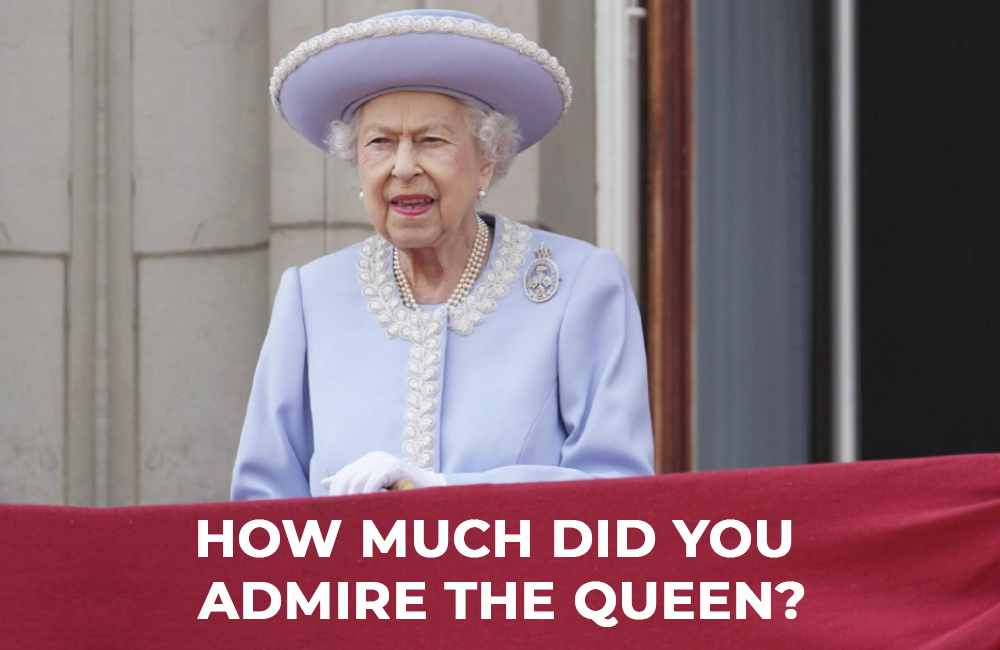As a young woman, Elizabeth served in the British Auxiliary Territorial Service.
Elizabeth was born in Mayfair, London, as the first child of the Duke and Duchess of York (later King George VI and Queen Elizabeth). Her father acceded to the throne in 1936 upon the abdication of his brother, King Edward VIII, making Elizabeth the heir presumptive. She was educated privately at home and began to undertake public duties during the Second world war, serving in the Auxiliary Territorial Service.
When her father died in February 1952, Elizabeth—then 25 years old—became queen of seven independent Commonwealth countries: the United Kingdom, Canada, Australia, New Zealand, South Africa, Pakistan, and Ceylon (known today as Sri Lanka), as well as Head of the Commonwealth. Elizabeth reigned as a Constitutional monarchy through major political changes such as the troubles in Northern Ireland, Devolution in the United Kingdom, the Decolonisation of Africa, and the United Kingdom’s accession to the European Communities and withdrawal from European Union. The number of her realms varied over time as territories gained independence and some realms became republics. Her many historic visits and meetings include state visits to China in 1986, Russia in 1994, and the Republic of Ireland in 2011, and meetings with five popes.
Queen Elizabeth II was married to Philip Mountbatten from 1947 until his death in April 2021. The marriage of 73 years produced four children, including Prince Charles, Prince Andrew, Prince Edward, and Anne, Princess Royal.
Significant events include Elizabeth’s coronation in 1953 and the celebrations of her Silver, Golden, Diamond, and Platinum jubilee in 1977, 2002, 2012, and 2022, respectively. Elizabeth was the longest-lived British monarch and the second-longest reigning sovereign in world history, behind only Louis XIV of France. She faced occasional republican sentiment and media criticism of her family, particularly after the breakdowns of her children's marriages, her annus horribilis in 1992, and the death of her former daughter-in-law Diana, Princess of Wales, in 1997. However, support for the monarchy in the United Kingdom remained consistently high, as did her personal popularity. Elizabeth died aged 96 at Balmoral Castle, Aberdeenshire in 2022, months after the Platinum Jubilee, and was succeeded by her eldest son, Charles III.

Comments
Leave a comment